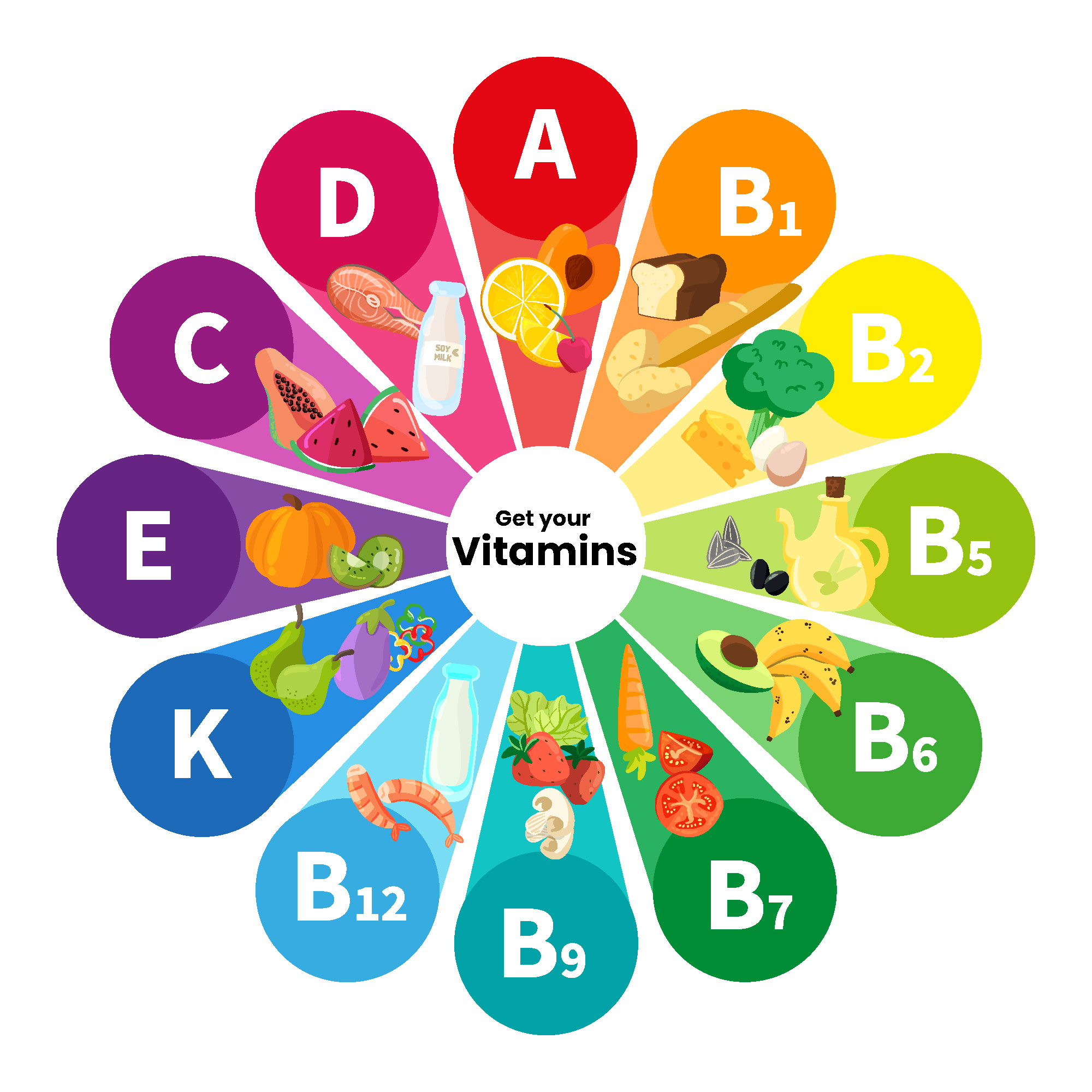Have you had your routine check-up and your blood triglyceride level is high? It’s time to turn on the health yellow light and start taking care of it.
High levels of triglycerides (also known as triglycerides) are associated with a number of chronic non-communicable diseases (CNCDs), such as high cholesterol, heart attacks and strokes.
Find out how to prevent them by lowering the levels of fat in your bloodstream. Triglycerides and Cholesterol can be Avoid Heart Attacks.
Content
ToggleWhat are triglycerides?
Triglycerides are the most common form of fat in the body. They are one of the body’s sources of energy.
When not fully utilized, they accumulate in fatty tissues and give rise to the famous localized fat, leading to overweight and obesity.
Triglycerides are ingested daily through various everyday foods. They are found in carbohydrates such as bread, pasta, cassava, potatoes, among others.
When carbohydrates are consumed and not completely burned off with physical activity, the liver transforms the excess into triglycerides which, in turn, are stored in case the body needs them in the future.
Understand the relationship between triglycerides and cholesterol
Both are lipids that play essential roles in the body. Cholesterol is needed to build cells and produce hormones, while triglycerides, as mentioned, store unused energy for future use.
However, the balance between them is very important for cardiovascular health. HDL cholesterol, known as “good” cholesterol, helps transport cholesterol from other parts of the body back to the liver, where it can be removed.
On the other hand, LDL, or “bad” cholesterol, can build up on the walls of arteries, leading to atherosclerosis.
High levels of triglycerides are also associated with an increased risk of heart disease, as they can contribute to the formation of plaques in the arteries.
Therefore, maintaining healthy levels of these two lipids is essential to prevent complications such as heart attacks and strokes.
How to lower triglyceride levels?
Maintaining a healthy lifestyle is essential for controlling triglycerides. Here are some effective measures to help in this process:
Control your carbohydrate intake
Now that you know how localized fat ends up in the accumulation points, the first step is to limit your consumption of carbohydrates, especially simple ones.
Reduce the amount of foods based on refined flour – give preference to wholemeal and favor leaves, vegetables and tubers with a low glycemic index, such as sweet potatoes.
Reduce your consumption of alcoholic beverages
Did you know that a single can of beer has 147 calories? And a glass of red wine, 107 Kcal. Because they are high in calories, all alcoholic drinks stimulate the production of triglycerides. So cut down on your alcohol consumption.
Avoid industrialized foods
Products such as industrialized cakes and cookies contain a lot of sugar as well as saturated and trans fats.
When eating these foods, prefer homemade ones, where you can control the quantities of ingredients and replace refined flour with wholemeal flour.
Consume more omega 3
Salmon, tuna, sardines, chia seeds and flaxseeds are some examples of foods rich in omega-3.
This compound is an unsaturated fat that reduces triglyceride levels in the blood. So replace the red meat in your meals with these fish and include other foods rich in omega-3 in your diet.
Do you want a personalized diet plan according to your routine, nutritional needs and taste? Look for a health professional, such as a nutritionist. With them, your meals can be healthier and tastier.
Exercise
You may have already realized that the biggest friend of triglyceride accumulation in the body is excess fat.
So, as well as making smarter choices in terms of diet, it’s essential to increase your calorie intake. There’s no secret to this: include physical exercise in your routine.
Regular follow-up with a doctor
As there are usually no symptoms for high triglycerides, regular consultations with a health professional, such as a cardiologist, are essential to monitor triglyceride levels and other important health indicators.
The doctor can advise on the need for dietary and lifestyle adjustments to achieve the best results.
In cases where the levels of fat in the blood are excessively high and when dietary re-education doesn’t work, one option is treatment with medication.
The main drugs used to control triglycerides are fibrates, which can only be used with a doctor’s prescription – don’t self-medicate.
Starting a new habit can be difficult, but remember that these things will make a difference to your health and quality of life.



